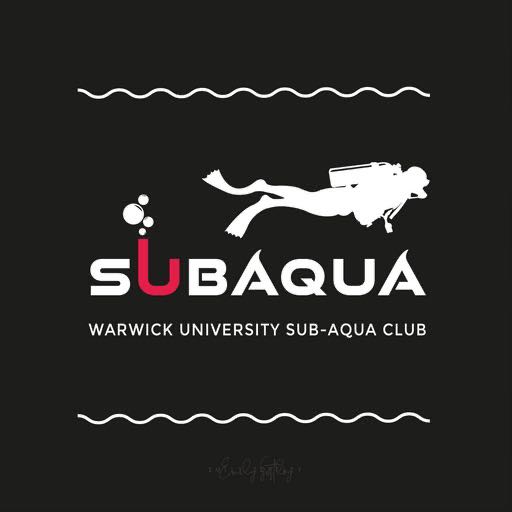WUSAC’s most anticipated social event of term 2, maybe even the year, took place on Wednesday 5th of March, Sam Parker delivered a thrilling recollection about naval history, boiler design and various resources for finding out and identifying broken up wrecks.

A brief history of Boilers in Ships

Ordered during the war of 1812 and was in effect a floating battery designed to fight against the British. Consisted of a single boiler powering a paddle wheel as seen by the twin hulls with a channel in the middle, it could achieve a maximum speed of 5.5 knots and produced a total of 120 horsepower. In 1929 it burnt down in a gunpowder explosion whilst at anchor, killing 48 men in the process.

Representation of the transition from the age of sail to boiler power using the tug. This image is on the back of the £20 note.

The first purpose built steam powered battleship, it was the first time a ship was screw powered and represented a major advance in naval technology.

One of the first ironclad ships built by the Navy, it was able to achieve a maximum speed of 14 knots and utilised rectangular boilers, she was armed with 40 guns.
Warrior and her sister ships represented a point in naval history where they were untouchable by any other ship at the time, they made every other warship obsolete. She is currently a museum ship harboured in Portsmouth.

This was the first true steam powered battleship, it was the first to be lit entirely by electricity. The sails were used for training purposes, the sail area when compared to the mass of the ship is similar to a quarter of an A4 sheet of paper on a human being.
It was armed with two twin 16 inch muzzle loaders, she was powered using cylindrical boilers which allowed for many of the auxiliary functions on the ship to be powered using engines. Firing of her guns caused more damage to her own upper deck than to the target being fired upon, she was scrapped in 1903.

Part of the first class of battleship to have water tube boilers which allowed for a top speed of 18 knots,

Achieving a maximum speed of 25.5 knots this was the epitome of the cruiser role, being the first battlecruiser, it had a battleship’s armament with 4 twin 12 inch guns. It featured 31 water tube boilers fed by coal sprayed with fuel oil for cleaner and easier burning.

Sam’s FAVOURITE ship ever
Maximum speed of 32 knots giving a decisive speed advantage over any capital ship afloat at the time. She was built in a record time of 15 months and was powered by 42 narrow water tubed boilers (more efficient due to higher heat exchange surface area).
In 1939 she was refitted with 8 admiralty 3 drum boilers, this gave a top speed loss of 1 knot to a maximum of 31, this was however seen to be impossible given some of the passages she was recorded undertaking.
The transatlantic crossing
Measured as the time taken to cross from the United Kingdom to the United States. Below are the records and which ships were responsible for setting them.
- 1620 66 days – Mayflower
- 1838 16 days – PS Great Western
- 1860 11 days – screw and paddles and massive SS Great Eastern
- 1872 7 days 23 hours – single screw SS Adriatic
- 1889 5 days 19 hours – Twin Screw SS City of Paris
- 1907 4 days 20 hours – Steam turbine RMS Lusitania
- 1929 4 days 3 hours – Bulbous bow SS Bremen
- 1936 4 days – Yarrow boiler RMS Queen Mary
As you can see there’s a clear improvement in crossing time following the advancements in boiler technology as well as ship building in general.
Types of Boilers

A haystack boiler is basically just a fire with a drum of water above it, incredibly inefficient, unreliable and prone to exploding at the time. They were not seen in use in ships due to these reasons.

The flues on this boiler are the two holes you can see on the forward face, allowing for air to enter from one side and exhaust out of the other, water was stored in the main cylinder and heated by conduction from the hot air and combustion. There are not many of these found on ships today as many were reboilered with the next type of boiler.

An advancement on the flued boiler with the addition of the tens of small diameter holes for hot gas to pass through, this increases efficiency and power. These are the most common boiler you would find when diving on wrecks.

This is in effect a negative of a fire tubed boiler, the water is contained in the small diameter tubes with a large fire underneath, the whole boiler would be enclosed in insulating brickwork. Efficiency is increased and a higher pressure can be achieved compared to a fire tube boiler.

Sam then spoke about some of his favourite wrecks in the Solent (South Coast next to Portsmouth) including the type of boiler on them.

HMS Boxer was a Torpedo gunboat used during WW1 (HMS Boxer)
HMS Maori


The part of the international tour that Sam was most looking forward to was to dive the wreck of the HMS Maori, a tribal class destroyer from the second world war. 12 out of 16 tribal class destroyers were lost during the war, the Maori is most famous for hunting the Bismarck in 1941. She was lost in a German air attack whilst at harbour in Valletta where a bomb penetrated into the engine room.
She now sits in 12-15m of water, quite a lot of the wreck is still recognisable, maybe not after Sam tried to get wedged under it.

For reference here are Sam’s Notes and Powerpoint Presentation. This is just a quick recounting of the lecture.


Leave a Reply